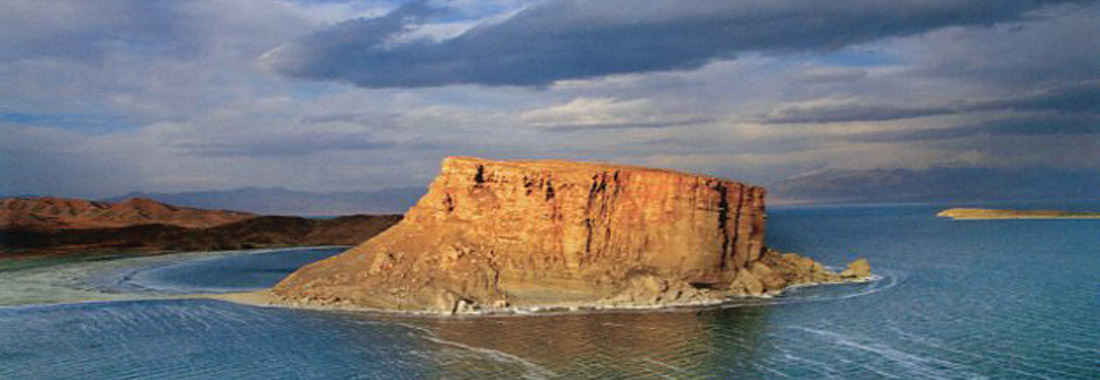Urmia
Orumiyeh or Urmia is a city located in the northwestern part of Iran, dating back to the second millennium BC. according to historians. Its name means city of water in the Assyrian language, due to the existence of Lake Orumiyeh. Azeris make up the majority of its population, while the minority is made up of Kurds, Christian Assyrians and Armenians. As many Armenians and Assyrians used to live in this city, it has many spectacular old churches. Around the year 1900, Christians made up more than 40% of the population of Urmia, although most of them fled in 1918 due to the occupation of the Persian campaign in World War I and the Armenian and Assyrian genocide by the Ottoman Empire. Among the historical monuments and natural landscapes of Urmia we can mention: Lake Orumiyeh, Lake Marmisho, Jomeh Mosque, Seh Gonbad (three domes), the Cathedral of Mother Mary and the Cathedral of Saint Mary. Urmia usually has a cold climate and spring and summer are the best seasons to travel to this city.
Orumiye Lake
A huge salt lake, the largest in the Middle East in the past with an area of 5,000 square meters. Due to the heat and illegal wells to irrigate agricultural land, the lake is in danger and its area has reduced by up to 90%. This lake is one of the best places to enjoy spectacular landscapes. You can walk along beaches that have a white color in wooden boats and step on thick plates of salt. In the lake there are several islands, among which are Kazem Bashi Island and Tear Island, enjoying incredible beauty. Near the shore the water turns reddish and foams accumulate. During the First World War, Kazem Bashi Castle was a refuge for inhabitants of the surrounding villages. The Island of Tears (Ashk Island) due to the presence of a rare species of Iranian deer is considered very important. The variety of species on this island attracts many tourists.
Mosque Jameh of Urmia
One of the most historic monuments in the city, which was originally supposed to be a fire temple according to some historians. In Ilkhani times, the mosque was built on the ruins of one of the holy places of the Zoroastrians, that is, a temple of fire. However, some historians believe that the architectural style used in this work resembles that of the Seljuk era. Inside, the plaster of the altar doubles its beauty. The mosque is connected to the bazaar through two entrance doors on two sides of its courtyard.
Bazaar
The traditional and ancient bazaars of Iran are places of interest for tourists. The construction of the Orumiyeh bazaar took place in various periods; among them, the Safavid era, Zand and Qajar, still maintaining their lively atmosphere. The bazaar has approximately 1000 stores that sell all kinds of products.
Seh Gonband
This monument, dating from the 12th century AD., is located in the southeast of the city of Orumiyeh, pertaining to the Sassanid regime. The tower was used as the burial place of two Seljuk kings. According to historians, the dome was a fire temple in the past, which was later abandoned. There are three inscriptions on the monument dating from Hegira 580.
Seh Gonbad has a cylindrical shape, made of stone and brick on two floors. The second floor has a 2.5 meter high door.
Santa Maria Cathedral
One of the oldest churches in the world, built in Sassanid times. Originally, it was a fireplace that became a church after the birth of Jesus Christ and the arrival of Christianity, used for the purpose of evangelization. The interior, unlike other churches, is covered with antique handmade rugs and lacks any decorations.



Comments